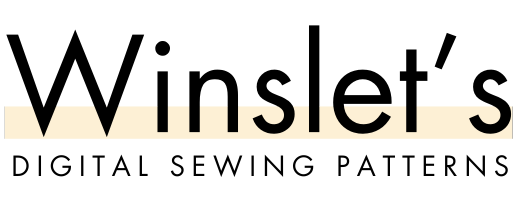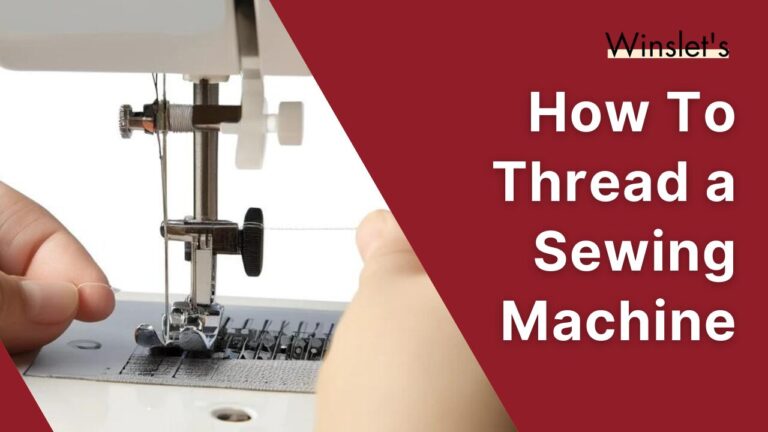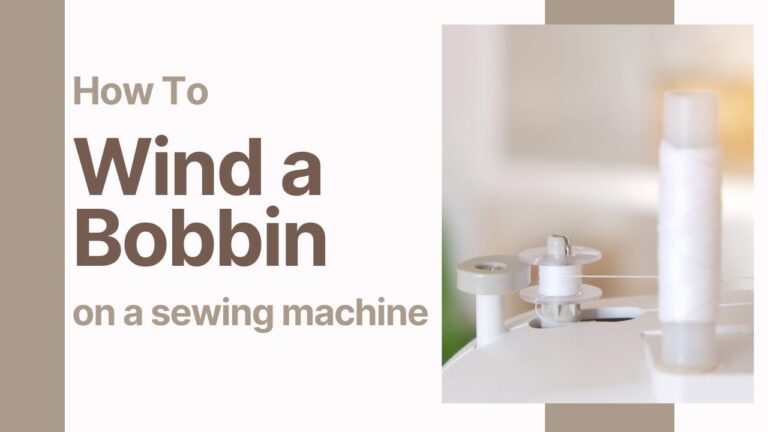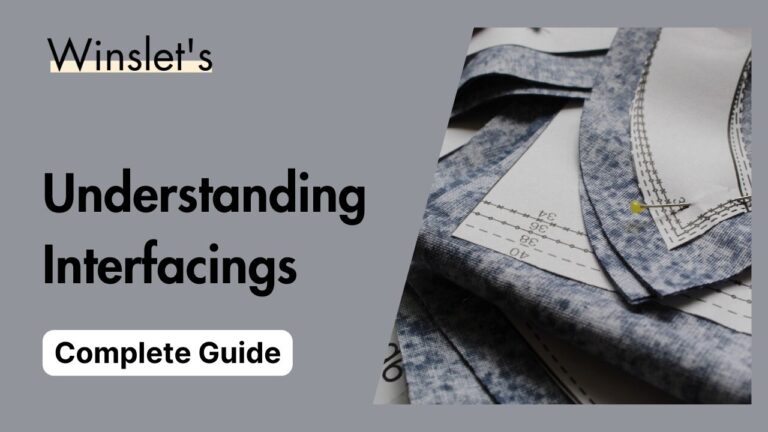How to choose the perfect sewing machine: Beginner’s Guide
So, you’ve decided to embark on the wonderful journey of sewing – congratulations! Whether you’re looking to repair a torn garment, create beautiful crafts, or dive into the world of fashion design, having the right sewing machine can make all the difference. With so many options out there, it’s essential to find a machine that not only fits your needs but also your skill level. Let’s explore a detailed guide on selecting the perfect sewing machine for beginners.
(Source)
First things first, why do you need a sewing machine anyway? Well, imagine trying to sew a straight line by hand – it’s possible, but it might take forever! A sewing machine speeds up the process, making your projects more efficient and enjoyable. Plus, with modern machines infused with computer technology, you’ll be amazed at the stitch quality and ease of use.
Before getting to know about a sewing machine, it’s essential you get accustomed to its parts. For basic parts and accessories of a sewing machine, you may refer to this post: Sewing Machines Parts and Accessories : A beginner’s guide
Types of Sewing Machines
Today, I’ll talk about two types of sewing machines: mechanical and computerized. As a beginner, these two are the only types of machine you want to look out for.
| Aspect | Mechanical Sewing Machine | Computerized Sewing Machine |
| Operation | Operated manually with a foot pedal or hand crank | Operated electronically with push-button controls or touchscreen |
| Automatic Features | Minimal automatic features, if any (e.g., automatic needle threading) | Numerous automatic features, such as automatic needle threading, thread cutting, and tension adjustment |
| Power On | Typically powered on/off with a switch or button | Powered on/off with a switch or button, often accompanied by an electronic display |
| Selecting Stitches | Limited stitch options, selected by manually adjusting dials or knobs | Wide range of stitch options displayed on a digital screen, selected by pressing corresponding buttons or touchscreen icons |
| Selecting Stitch Length | Adjusted manually with a dial or lever, typically located on the front of the machine | Adjusted digitally using buttons or touchscreen controls, with precise settings displayed on the screen |
| Selecting Stitch Width | Adjusted manually with a dial or lever, often located near the stitch length control | Adjusted digitally using buttons or touchscreen controls, with precise settings displayed on the screen |
| Foot Pedal | Typically included for controlling speed | May or may not include a foot pedal, as speed control can also be done electronically |
| Using Presser Foot | Presser foot is manually raised or lowered using a lever located behind the needle area | Presser foot may be raised or lowered manually using a lever, or automatically controlled by the machine |
| Automatic Thread Cutter | Not available in most mechanical models | Common feature where the machine automatically cuts the thread at the end of a seam |
| Needle Position Control | Typically adjusted manually using a knob or lever | Adjusted digitally with precision using buttons or touchscreen controls |
| Tension Adjustment | Manual tension adjustment using a dial or knob | Automatic or manual tension adjustment, often controlled electronically |
| Customization Options | Limited customization options | Extensive customization options, including stitch editing and memory storage for custom stitch patterns |
| Interface | No digital interface, typically only mechanical controls | Digital interface such as a touchscreen or LCD display for selecting stitches and adjusting settings |
| Maintenance | Usually simpler maintenance, with fewer electronic components. However, requires regular oiling and occasional cleaning of mechanical parts | Requires minimal maintenance of mechanical parts but may need occasional software updates or electronic troubleshooting |
| Noise Level | Tends to be louder due to mechanical parts | Tends to be quieter due to smoother electronic operation |
| Durability | Known for durability and longevity | Durability may vary depending on electronic components and build quality |
| Price Range | Generally more affordable | Generally more expensive due to advanced features |
Tips for Choosing the Right Sewing Machine
Picking the right sewing machine is essential for smooth sewing. Consider your sewing needs along with features and budget to find the perfect match.
Here are some criterias to watch out for:
1. Stitch Patterns: Different machines offer varying stitch patterns, from basic to decorative ones, impacting project versatility.
2. Speed and Power: Consider the machine’s speed (stitches per minute) and power, vital for handling large projects and challenging materials.
3. Considering Accessories and Attachments: Explore available accessories and attachments to enhance sewing versatility and creative possibilities.
4. Other Key Features: Explore other key features like needle size, throat space, automatic features, adjustable presser foot pressure, etc to enhance your sewing.
5. Determining Your Needs and Skill Level
- For Beginners: Start with a user-friendly basic mechanical machine offering essential features to learn basic sewing skills gradually.
- For Intermediate Sewers: Consider machines with advanced features like automatic threading and varied stitch patterns to broaden your skills.
- For Advanced Sewers: Explore computerized machines for extensive built-in stitches and advanced capabilities to elevate creativity.
6. Setting Your Budget: Budget accordingly based on your sewing proficiency, ranging from basic to high-end machines with varying price points.
7. Reading Reviews and Testimonials: Gauge machine performance through customer reviews and testimonials to make informed decisions.
To wrap it up, purchasing your first sewing machine is a significant investment. While there are affordable options available, you can expect to spend over $100 for a beginner machine. Therefore, it’s crucial to conduct thorough research and read reviews before making your decision.
If you’re a beginner, you can explore these top beginner sewing machines with essential info to make a wise choice:
- 20 Best Sewing Machines For Beginners
- 7 Best Straight Stitch Sewing Machines
- 7 Best Mechanical Sewing Machines
All in all, choose a reliable mechanical or computerized sewing machine that can perform basic functions like straight and reverse stitching. You don’t require an elaborate model; trust me.
Summary: Choosing the perfect sewing machine for beginners
Selecting the right sewing machine is an exciting step, especially for beginners. By understanding the basic components and considering your needs and budget, you’ll be well on your way to finding the perfect machine to accompany you on your sewing journey. Don’t rush into buying the first sewing machine you see. Take your time, do some research, and maybe even test a few machines out before making your decision. And remember, no matter which machine you choose, the most important thing is to have fun and let your creativity flow!







